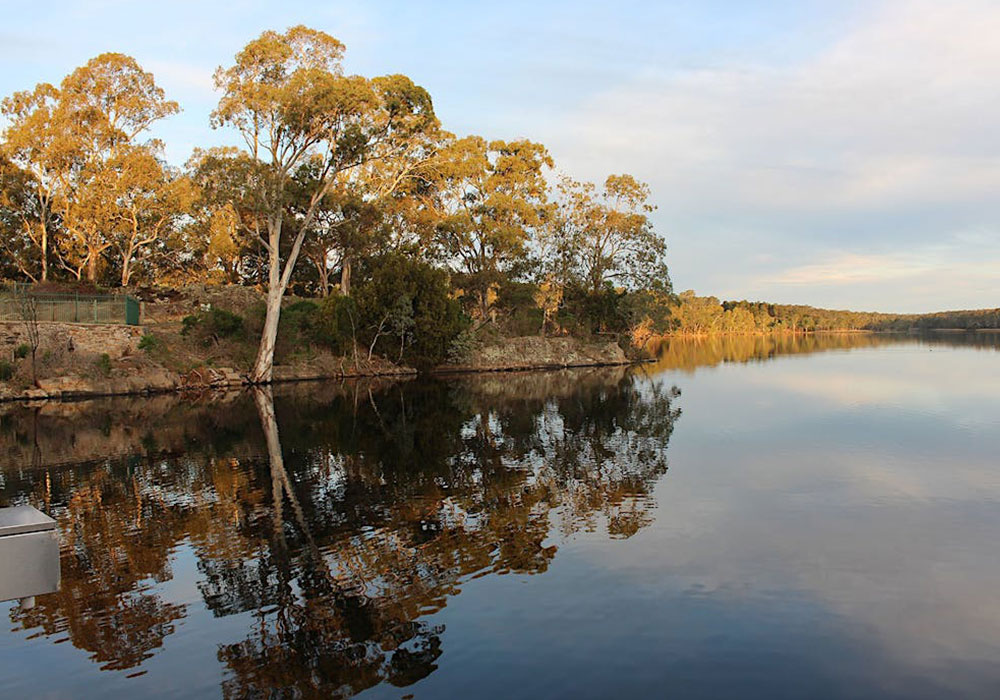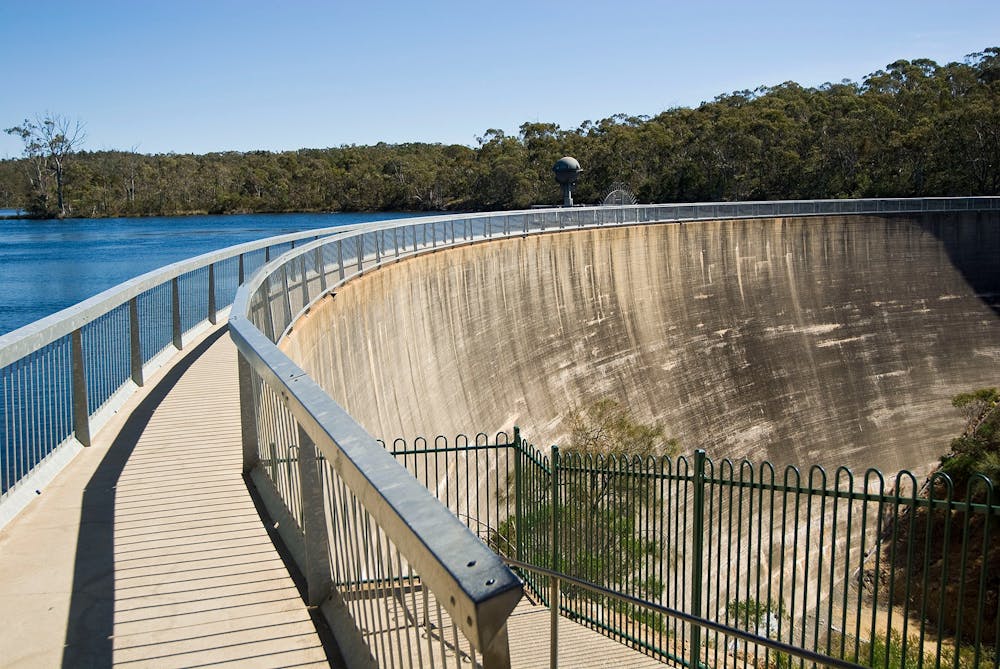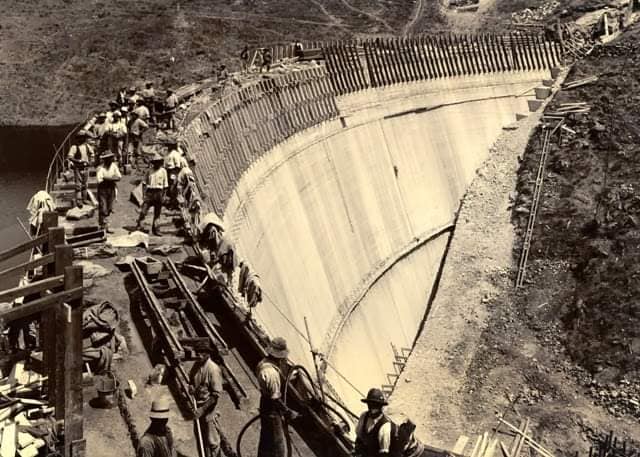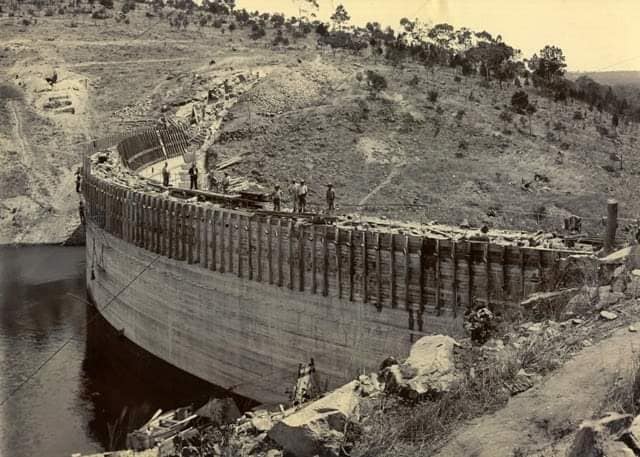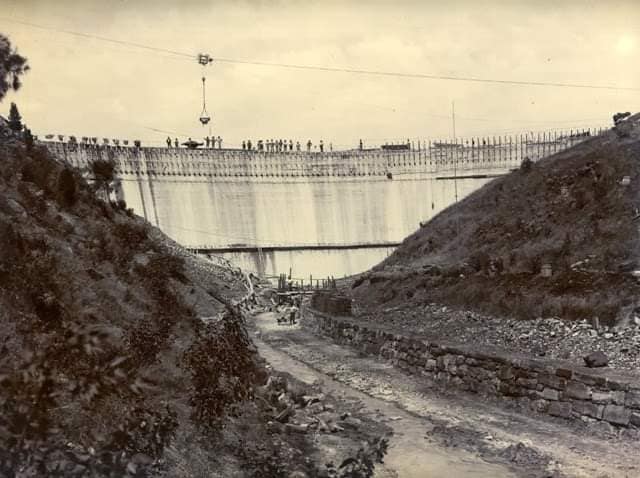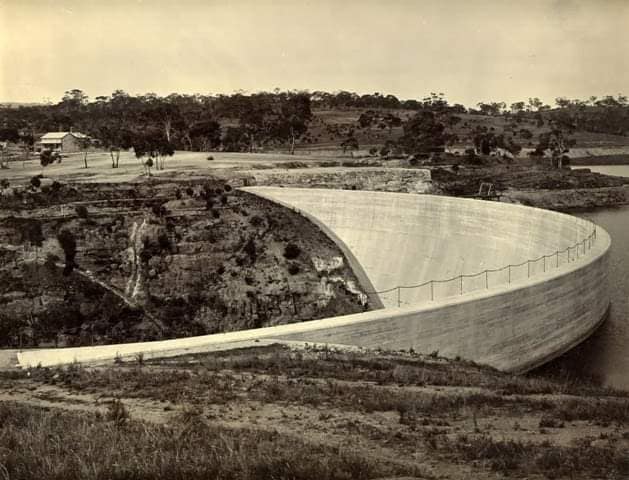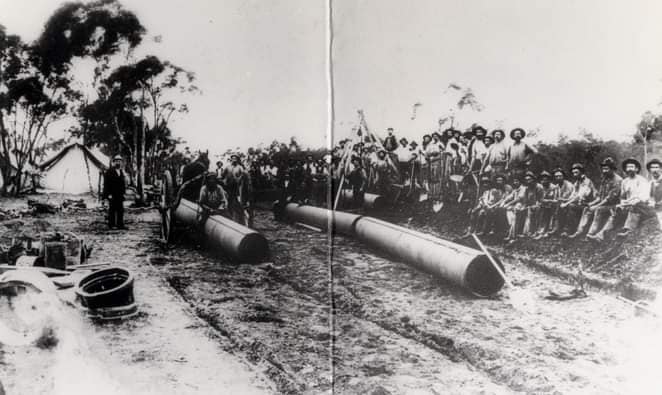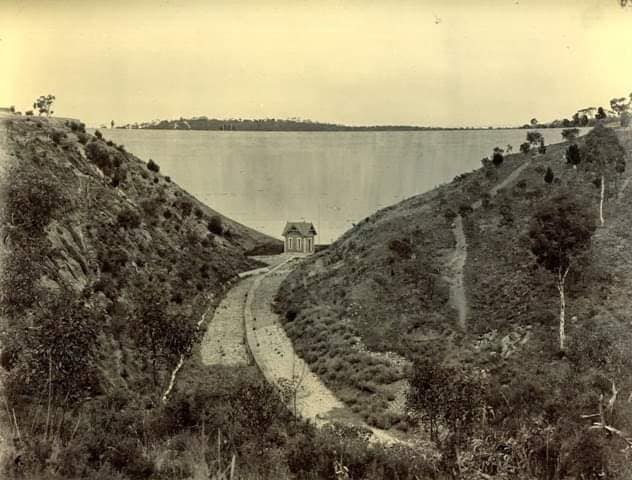Built between 1899 and 1903 the Whispering Wall is part of the dam wall located in the Barossa Reservoir Reserve and is known for its unique acoustic effects. Words whispered at one side can be clearly heard at the other, more than 100 metres away.
Barossa Reservoir Reserve is a popular tourist destination north of Adelaide, and just an hour’s drive from the city centre. The reservoir is close to Williamstown and Gawler, just south of the Barossa Valley, making it a great day trip from Adelaide. Pack a picnic and think of a secret to whisper!
The Whispering Wall located near Williamstown is a popular tourist destination, drawing visitors who are fascinated by the acoustic properties and the scenic surroundings.
Showcasing the engineering prowess of the early 20th century, the wall holds back the Barossa Reservoir. If a person whispers at one end of the wall, their voice can be heard clearly at the other end, over 140 meters away. This phenomenon occurs due to the sound waves traveling along the curved surface of the wall.

